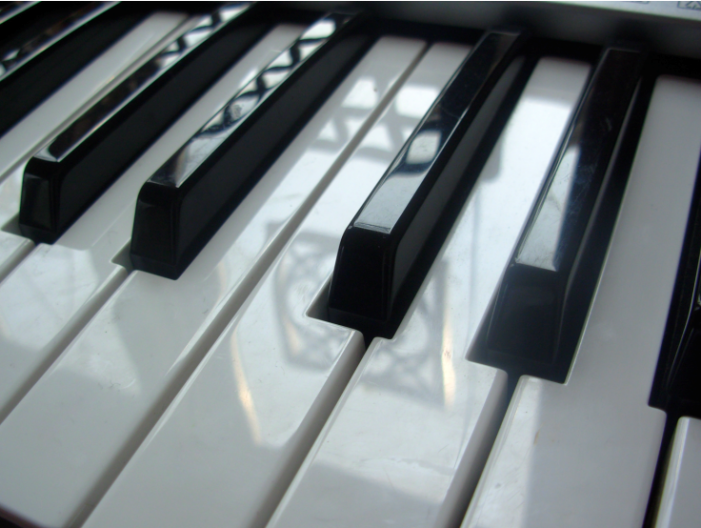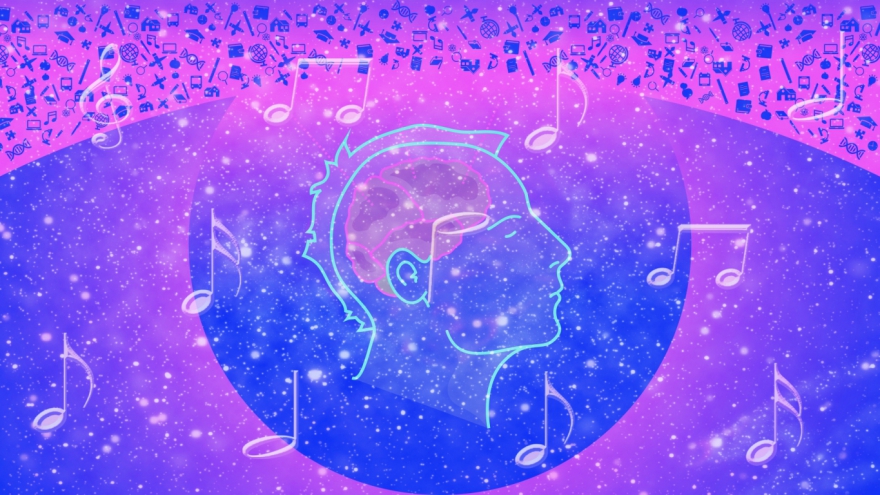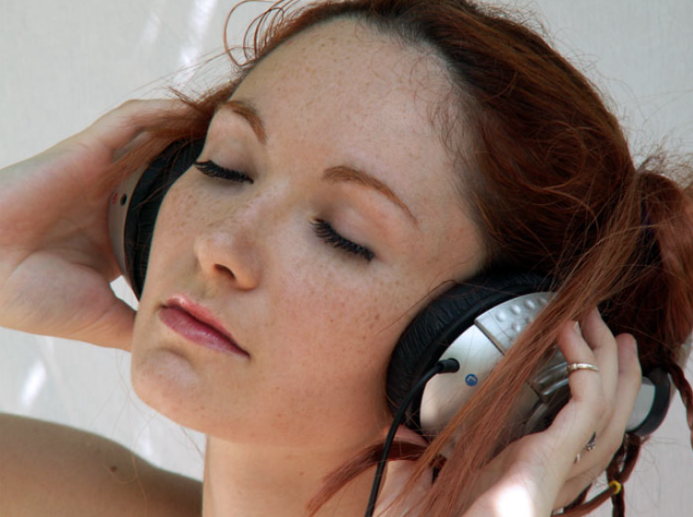Your personal music search space.
Augment your understanding of music.

______________________________________________________________________________

YMUSIC SEARCH ENGINE
Music is more than a casual leisure, an art or the new way to increase the benefits of a company. It is all of that and even more. The music industry is a rich ecosystem in which everyone and everything has a specific place. From the composer to the listener, from psychology to spirituality, from art to science, get insights on each field of music, learning about craft or history, about human behavior or consciousness. A place is also given to ethical questions.
MUSICAL CULTURE IN ITS VARIOUS ASPECTS
MUSIC AND WELLBEING

Independently of any music styles, try to determine what music and sounds could create peaceful states of mind in you! Try the YMusic search engine, your free personal assistant (it includes musical criteria to select music), and know more about your music tastes.
A will to understand music at a higher level
Do researchers have tools to link subjective understanding and objective testing of phenomena? In various human sciences, researchers tend to observe what happens to specific categories of people to explain their professional course, their behavior or their success. For example, observations of musicians’ s were made, notably on child prodigies after they began their career. Results prove that when they play, specific areas in their brain become larger. But nobody can prove that they are born with a brain that is originally different from others.
Anyhow, a lot of individuals have an interest in connecting inner knowing and external observation. Sometimes, it leads to the creation of independent organizations. For instance, in 1973, an astronaut who walked on the moon, Edgar Mitchell, founded the Institute of Noetic Sciences, which aims to bring the methods of science together with inner wisdom to study the full spectrum of experiences human beings can have. Aware that a lot of people, today, consider that experiences arise from physical matter, they want to question these experiences from the unique perspective of the observer. What does such a will to connect inner perception and experimentation imply, in the field of music and sound? It can lead to a renewal of the manner in which musical activities are considered and undertaken.
Is music more than a physical enjoyable performance?
Seen not only as a series of techniques, but also as a universal energy, can music and sound heal people? Can sound technologies be introduced in medicine? There are, at least today, tendencies to use music in the framework of therapies or, at least, in relaxation. Alone or in groups, some listeners love to spend time in what they call a bath of sounds. They estimate that they are able to manage their personal universe through sound and that sound can help them to design, safeguard or eradicate emotions and feelings in their individual world. They consider music and sound as ideal means to enhance their life, to make it more harmonious and conscious.
What are the characteristics of music that is created to heal? Practices vary. However, some characteristics are often present, like the absence of any regular beat, and that absence leads to more inner quiet and concentration, as the listener does not try to predict what will happen during the next seconds. How do composers create music that is appropriate in frameworks like meditation or yoga, for instance? It depends on the personal sensibility and musical culture of the artists. Some of them are for example interested in electronic music and other write compositions for guitar. Actually, a lot of music that is not labelled as 'healing music' can produce effects of quiet and wellbeing. It also depends on the listener.

Can music heal people?

Independently of any music genre and period, try to determine which kind of music is inviting you to reach mindfulness or awareness! Try the YMusic search engine, your free personal assistant (it includes musical criteria to select music), and discern in which measure they can contribute to your spiritual development.
Music, spirituality and metaphysics
Music for hope
Does music bring something in itself or is it a messenger? What is its nature? Music can evoke and create feelings like peace or love as well as fear or anger. From ancient times, it has been used to convey or relay information, even if it is not in the ways used by language. Yet music once did more than conveying simple information: it was a real support for human souls, when it accompanied collective tasks: for instance, African American Spirituals was a musical genre invented by Africans enslaved in the United States and whose songs could accompany the the cutting of the green sugar cane in the slave plantations of the South.
These songs, mixing musical elements of African origin with elements of Protestant hymns, gave courage to slaves, who were hoping and waiting for better days. Such hope related to unpredictable events or an intangible presence can be found in less tragic music, for instance in Doo-Wop or Swing, that capture what could be called the spiritual essence of music, especially through vocal renderings.
Music for spiritual growth
Actually the spiritual character of music is not only present in music related to the African American tradition. In a sense, each piece of music can be said to be spiritual, in a sense, as even those who believe first in humanity are longing for superior human characters. And Sacred Music, from Gregorian Chant to New Age, offers a wide range of musical structures that all convey specific metaphysical messages. Yet metaphysics is neither religion, nor a part of any religion. Metaphysics, as a branch of philosophy tries to determine the basic nature of reality, beyond any physical appearance.
The main metaphysical questions are related to ontology, which tries to define notions like being, existence, becoming or reality. The basic idea is that each piece of music, especially those that are written to reach spiritual targets, are an invitation to spiritual growth. A genre like New Age music invites relaxation and meditation and is often used by therapists, yogi and other specialists of personal development who help their listeners to reach states like mindfulness or, more generally, awareness. Let us notice that composers like Vangelis, Kitaro or Yanni, who are often decribed as New Age artists, reject that categorization.
Anyhow, metaphysics often talks about entities to know, and from two perspectives: one says nothing is real without an observer, the other one says the contrary. How can we apply such questions to music? For musical materials, it is easy: ‘Can sounds be defined as sounds if there is nobody to listen to them?’. William Sethares, a sound engineer and a teacher, clearly answered no in one of his technical books. And (as) for the most intangible realities that music evokes: ‘What are they?’ To that question, each individual, composer, performer or listener, may bring a very personal answer: it is a right.

Test your musical memories and rediscover music titles you knew! Try the YMusic search engine, your free personal assistant (it includes musical criteria to select music), and enhance your usual musical experience.
How do listeners process music?
Music is recognized as a source of well-being by composers, performers and listeners belonging to various philosophical, social, political or religious orientations. Whatever the specific cultural context they belong to, individuals agree on the fact that music is a support. Music is not trivial and almost everyone can develop, to a certain extent, a real sensitivity to music. Even people that have to deal with issues like autism or blind people, sometimes. It happens that they perceive music in their head without needing a recorder.
To process music, various parts of the mind must be connected so that the listener can attribute a meaning to music, in relationship with their personal experience of life and conviction. Listeners manifest a sensitivity to tempo or pitch for instance and, as the music continues, they begin to discern patterns. Generally, listeners can also tell the difference between tonal and atonal musical sequences as well as identifying musical notes that are seen as atypical, in comparison to the types of music they are used to hearing. Let us notice that sometimes, the experience can be very deep, so deep for some people that it is not always possible for them to listen to specific styles of music while driving, for instance.
Musical aptitudes and the memory
Like linguistic understanding, musical understanding is a quite natural talent and it explains why all cultures know music. Music researchers involved in the field of psychology have tried to understand the set of skills behind music since the first quarter of the 19th century. Researchers more attracted by spirituality link music to notions like mindfulness. Whatever the perspective is, most listeners have the ability to acquire musical knowledge, be it to make or to listen to music. Listeners also have a musical memory: they can remember melodies, chords progressions or pitches. It seems that such a memory is partly linked to the acquisition of a mother tongue: listeners structure their musical knowledge in a way that is similar to the manner in which they build their linguistic memory.
Musical memory has two main aspects: it may be lyrical or instrumental. Also, it is related to brain plasticity: even if benefits are not really totally measured, a lot of specialists in different fields of knowledge generally agree on the fact that acquiring musical information generally improves learning skills. How does musical memory work? There are various theories. Anyhow, musical memory can be very strong, as the ‘playing by ear’ phenomenon is quite impressive and rather widespread. Doesn’t everyone know someone who can play a piece of music they just heard, without even being able to read sheet music? Actually that method is the most ancient way to learn music: when sheet music did not exist, as it is still the case in traditional societies, musicians would just listen to songs from generation to generation, playing them by ear.
Music and the human mind, from processing to memory
Develop your personal sensibility to sounds! Try the YMusic search engine, your free personal assistant (it includes musical criteria to select music), and experience the beauty of music.
Perpetual listening
When it comes to musicians’ well being, things are, in theory, simple: pianists must especially take care of their hands, violinists must monitor the muscle tone of their arms and singers must exercise their vocal chords. In practice, it is less easy, especially for professional performers, as their professional partners ask them to ensure a regular presence during tours, which is a main source of income for artists now that listeners buy less music online. Also, artists want to be more and more productive in order to stay competitive, sometimes to the detriment of their personal health. Amongst performers, singers represent a mesmerizing category: using a part of their body as an instrument, they are highly visible and often their talent is easily recognized by the general public.
Various types of singers appeared through time. Before the rise of pop music from the 1960s and even after, divas were first the voices of opera’s imposing characters: the name of Maria Callas, for instance, is still known today. Particularly remembered as the slim and beautiful individual who sang Puccini’s ‘Tosca’, Maria Callas was an intense listener who first struggled to be admitted at the Athens’ Conservatoire, where she studied with a great teacher, Elvira de Hidalgo. Hidalgo trained her to sing in the bel canto style, a famous vocal style popular in Europe during the 18th and the 19th century and which experienced a revival during the 1950s. So, did Maria Callas have secrets? Specialists are more willing to say that, behind her success, there was, as for everyone else, a vast amount of work: Callas the listener would devour music, learning from the less talented student, she said once, as well as from her teacher.
Voice culture and surgical operations
It was evident for opera singers like Maria Callas and Placido Domingo, notably praised for having sung in Puccini’s ‘Turandot’: the voice, which an old treatise written in Ancient India calls the bodily lute, is a great musical instrument and that is why professional vocalists learn to use it properly. Singers learn everything they have to know in order to avoid disorders, especially techniques that help them to balance and structure their voice when they make it powerful. Knowing that the human voice has a unique timbre, they learn to develop it in order to take advantage of it. They also work to master the mechanisms of their voice to produce distinguishable sounds.
Sometimes, when singers are pushing their voice to the maximum and bleed, they cannot sing anymore. Even Maria Callas knew later problems due to early heavy roles. She had problems with her diaphragm. Other singers damage their vocal cords. However, laryngeal surgeons are now beginning to use polymer biogels to inject into damaged vocal cords: these non-toxic materials having an elasticity similar to vocal cords, they can mimic the manner in which they emit sounds. Popular singers like Adele recently admitted that they have benefited from such products.
Singers’ voices and their health: talent, work and surgery

Take a moment to develop your sensibility to music, beyond any musical period or genre. Try the YMusic search engine, your free personal assistant (it includes musical criteria to select music), and discover what you like!
How can music help listeners to come back to their rightful self?
How can the true self be defined?
In contemporary societies, a lot of distractions can keep individuals from the vicinity of their true self. That concept, originally developed by psychologist Donald Winnicott during the 1960s, defines the true self as the one that is clearly linked to each authentic and spontaneous experience that life may provide. The true self is vulnerable, that is why people who have a low self-esteem and become narcissistic attempt to hide it and present a false self. That type of person often adopts a defensive positioning and tries to control others, especially their children, that they see as expansions of themselves. When they live such a bad experience of control, some of these children have a tendency to live with pseudo relationships instead of giving their attention to their relatives. They can also be afraid of freedom, especially the freedom to be themselves and they can feel despair when they become aware of the fact that, most of the time, they are playing a role instead of showing their true self.
What does this practically imply? That qualities like discernment, spontaneity, love or free will naturally guide the human nature, but can be abandoned in favor of thoughts and behaviors that are totally cut off from the essence of life. Buddhists, for their part, talk about a permanent self or ‘atman’, the term referring to the concepts of soul, breath and essence.
How can music contribute to develop or recover the true self?
Moving through air, alternating sounds and silence, music is a privileged medium when it comes to work on the true self: it is a spontaneous and natural way to establish a relationship between listeners and their inner being. Listening to music, individuals can breathe and take a moment to bind themselves to other parts of themselves in all their dimensions. It sometimes happens that therapists work with musicians so that these musicians can connect with their true self. Musicians, of course, do not need to be taught by therapists when it comes to music theory or practice, but sometimes, their work can help musicians, as well as non-musicians, to discover a more genuine self and, in the case of musicians, a more authentic musical self, helping them to rediscover the joy of playing without unceasingly being stressed by questions related to career or finance.
That said, without being used in a therapeutic framework, music may offer great experiences to all types of music listeners. In fact, all individuals are, in essence, musical: they can feel music states, they can attribute meanings to music, etc.
How can music help listeners to come back to their rightful self?